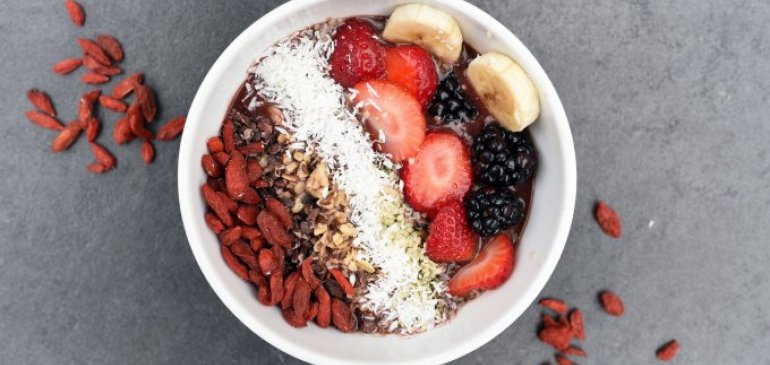They eat in different places - at home, at work, at a restaurant, maybe even in the car. In some of these places, you have more control over what options are available than in others. Since high-calorie foods are everywhere, it's important to take the time to plan ahead to make sure you have healthy options available to you.
Meals at home
Whether you're cooking for just yourself, for one or two people, or for a larger group, meal planning is a good starting point for improving your meal choices. If you take the time to plan a healthy dinner, you can avoid a less healthy "drive-through" dinner.
First, grab a pen and paper and list your favorite foods. It may help to talk to your family or look through your favorite cookbook. Some meals will be healthier than others, but for now, just write them all down.
You can use MyPlate PlanExternal. The plan shows you your daily goals for a food group - what and how much you should eat as part of your calorie needs. It can help you plan upcoming meals to meet your weight goals and suggest ways to improve your choices.
After planning your meals, create a grocery list. When you visit the grocery store, take some time to choose low-calorie ingredients.
Here are some ideas that may help:
- Many casseroles and meat sauces use cream soups as the base. Use a low-fat cream soup.
- Substitute low-fat cheese in casseroles and vegetable sauces. When using tangy cheeses such as cheddar and Parmesan, you can usually reduce the amount in a recipe to save calories without sacrificing flavor.
- Try using non-stick cooking spray or a small amount of oil for frying, rather than frying in solid fat.
- If you're using ground meat for tacos or meat sauce for spaghetti, look for a lower-fat option, such as round or ground pork loin, or try skinless ground turkey breast. Drain the meat after frying to remove excess fat.
- Instead of full-fat versions of mayonnaise, butter and salad dressings, try low-calorie, fat-free, saturated and trans fatty acids.
- Check out the frozen food aisles for quick, low-calorie vegetable side dishes. You can find sliced green beans, sliced carrots and other chopped vegetables in the frozen food section. Avoid those with added cream, butter or cheese sauce, as these ingredients can add calories. These vegetables can be cooked quickly in the microwave.
- In some soups and appetizers, you may also be able to add dry beans to expand the recipe and improve the nutritional value. This is easily achievable in vegetable soups and chillies. You can simply add a cup of canned white beans, kidney beans or pinto beans to the recipe. Another example: When making enchiladas, rinse a can of black beans and add them to the ground meat.
Studies show that people become satiated by the amount of food they eat, not by the number of calories they consume. You can reduce the calories in your favorite foods by lowering the fat content and/or increasing the amount of high-fiber ingredients, such as vegetables or fruit. Eating fewer calories doesn't necessarily mean eating less. To learn more, visit Eat more, weigh less? For more information, see How to use fruits and vegetables for weight management.
At first, you may find that you only plan to eat low calorie meals one or two evenings a week. Don't criticize yourself, you are taking steps in the right direction. Over time, you will discover the short form of meal preparation and it will become easier to make healthy family meals a regular event.
Meals on the go
In places where you can take a snack or meal on the road (such as in the car or at your desk), make sure you have nutritious snacks available or can take them home. For example:
- "Grab and go fruit: apples, oranges, bananas, canned fruit without added sugar and raisins.
- Washed and chopped fresh vegetables: celery, carrots and cucumber
- Low-fat and fat-free dairy products: yogurt with no added sugar, low-fat milk and cheese
- Whole grain crackers and whole grain breads
- Protein selections such as low-fat turkey escalopes or almonds and other nuts and seeds
Take time to create a shopping list and fill your cupboards and fridge with healthy options. It's also a good idea to think about stocking your office closet or car glove box with healthy, sustainable treats if those are the places you snack. You will find that it is easier to make better choices if you have a good selection of nutritious foods available at the places you eat.

















Comments (0)